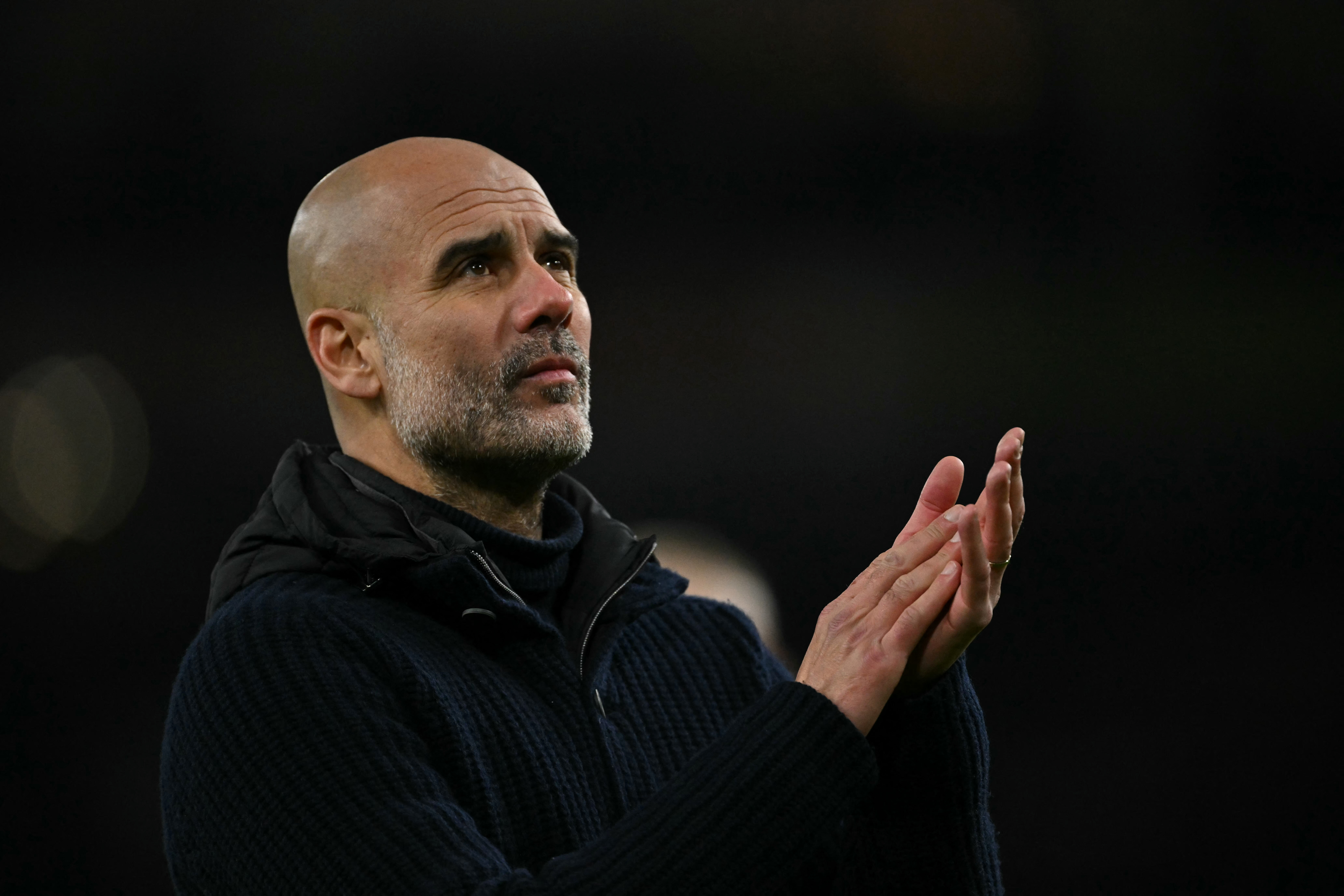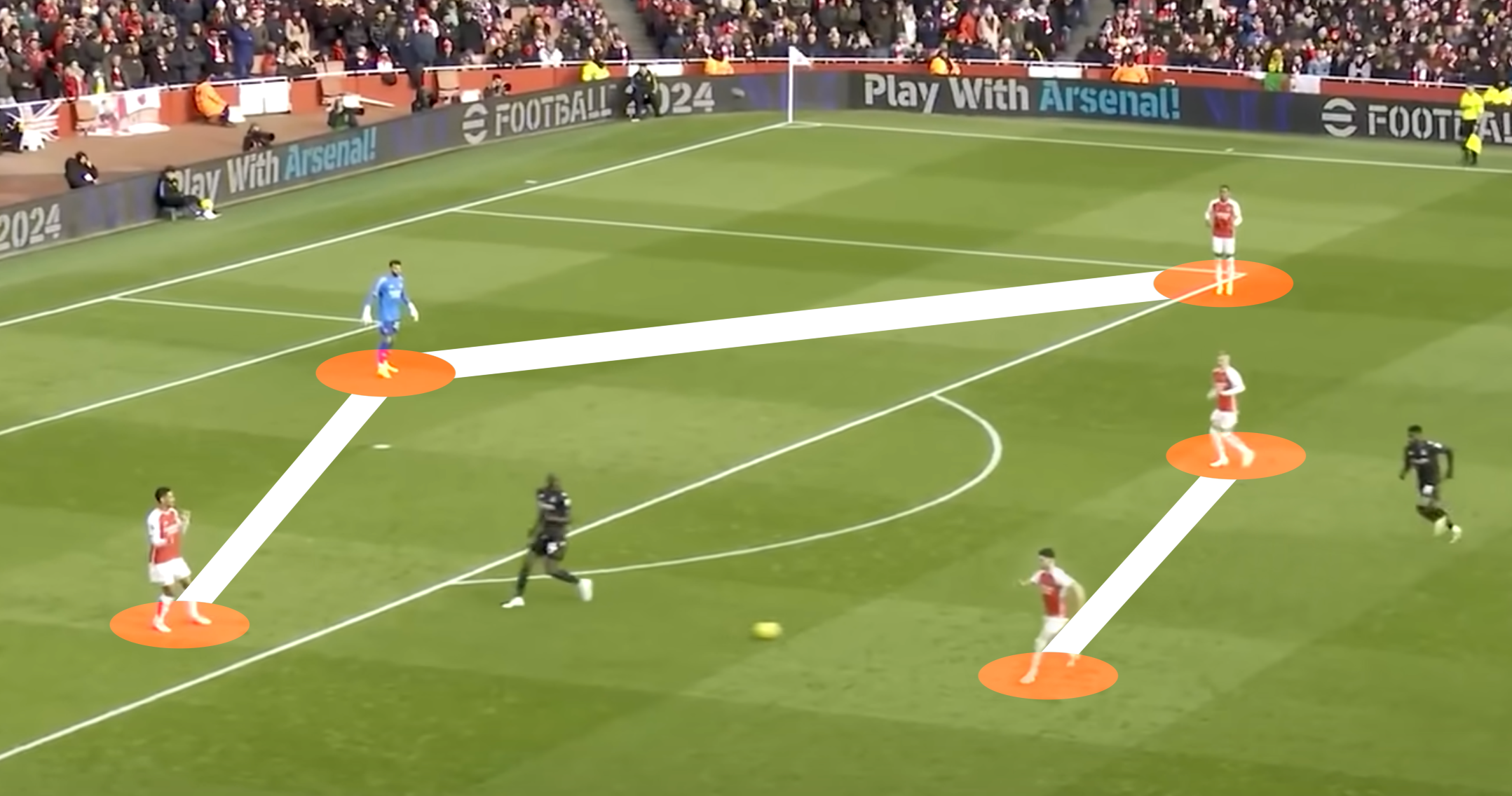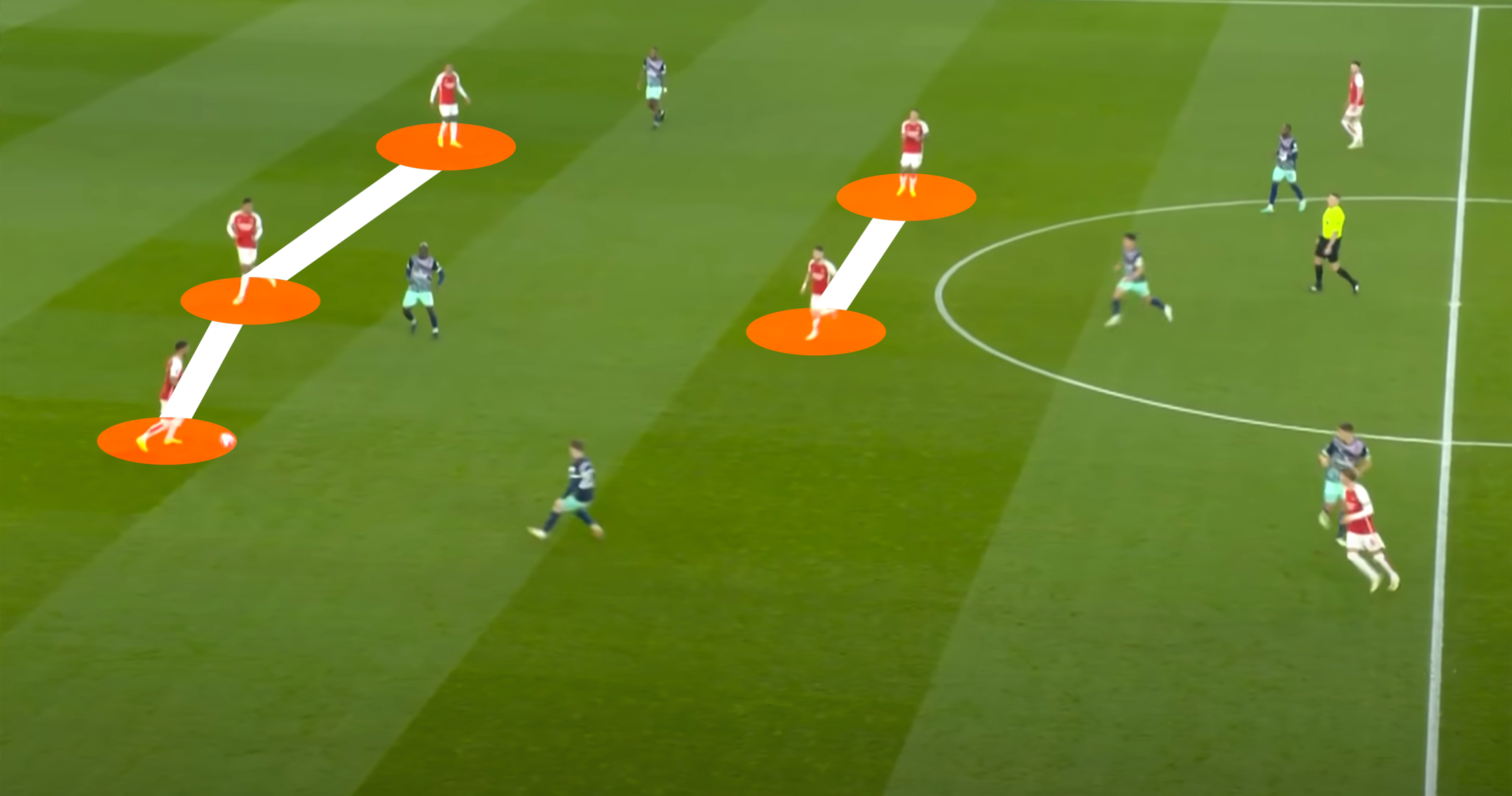
The double-pivot midfield is a staple of English football and the heartbeat of a very 4-4-2.
You never heard the phrase, however, when every team in England played with four midfielders across the pitch. It's something that's crept into football over time with the introduction of the idea of… well, a single pivot.
Here at FourFourTwo, we've got breakdowns on every football term you need to know, with over 30 years of experience in the game. Let's get down to another.
What is a double-pivot midfield?
In its simplest form, a double-pivot is just two midfielders paired together in front of the defence.
So long as these two players are the primary cover over the defence – whether you're playing a 4-4-2, 4-2-3-1, or a 3-4-3 – you're playing a double-pivot.
The clip above shows a 4-2-3-1 with a double-pivot in the centre of midfield.
Traditionally, a two-man midfield means that a manager will ask both players to share defensive duties and the shuttling up and down the pitch. In the early days of the Premier League, classic 4-4-2 formations saw double-pivots formed of no.6s or two no.8s who were all-action midfielders tasked with similar jobs: see Roy Keane and Paul Scholes, or Emmanuel Petit and Patrick Vieira.
But as football has evolved, managers have looked to make one player in the double-pivot more of a deep-lying midfielder/regista type tasked with progressing the ball and the other a ball-winner or box-to-box midfielder.
Naturally, there's crossover with both having to do a degree of the other's roles. But this is the age of specialisation, with a Cesc Fabregas paired with an N'Golo Kante, for example.
The evolution of a double-pivot

When Pep Guardiola revolutionised football in the 2000s, he did so with a 4-3-3 formation and the importance given to the ‘pivote’ – the deepest midfielder of the three, and the position he himself played as a player.
The formation wasn't new, of course, with Guardiola's mentor Johan Cruyff preaching the importance of the position. Cruyff once stated on Dutch television that by moving a traditional no.10 behind the ball – to a no.6 position – a creative player would be more involved in the build-up and able to see the whole game. With Pep revolutionising how many thought of the defensive midfielder years later, Sergio Busquets was used at the base of Barcelona's midfield to start attacks, bypass a press and control the tempo for the whole team.
Over time, football has become far more physical than when Busquets first burst into the Barça team – and a single-pivot has become one of the easiest roles to target, given the space that one player has to cover acres of space in front of their own defence.
While Cruyff moved a player deeper to assert numerical superiority in the centre, modern gegenpressing master Jurgen Klopp perhaps killed the single-pivot in his early Liverpool days against Guardiola, swamping Fernandinho of Manchester City and leaving the Brazilian isolated.
Since then, the double-pivot has returned to almost every big team in Europe, as every modern manager looks to add solidity to their midfield ranks. But while the classic English coach would have used four players in defence and two ahead, the double-pivot has evolved with the likes of Guardiola building play with three defenders in the first line (well, sometimes two and a ball-playing goalkeeper).


It is still possible to play with a double-pivot in a 4-3-3. Managers like Guardiola and Arteta essentially split the formation into a 4-4-2 out of possession and a 3-2-5 on the ball, with a double-pivot forming between the no.6 and another player. On the ball, an advanced playmaker may drop down from higher up to form the double-pivot, but more often than not, it's an inverted full-back who will drift into midfield. This turns the back four into a three, behind the double pivot – thus creating the 3-2 build-up shape.
The double-pivot is still a vital component of building play, however – as it offers double the passing options for the defenders playing out from the back.
The 3-2 build-up shape has risen in popularity in recent years, as it evenly positions everyone. The first line is spread wide enough so that it's impossible press both wide centre-backs – with each centre-back having a member of the double-pivot ahead of them as a passing option.
Cruyff originally wanted a no.6 in front of his back four so that he could have numerical superiority when facing play. Well, it's clear that Guardiola and those he's influenced believe in the same principles, with the 3-2 shape separating your outfielders into two groups of five.
A double-pivot isn't just good for offering more options on the ball. In defensive transition, having two players sharing the centre of the pitch is better than one.
What are the disadvantages of a double-pivot midfield?

Ever wondered why, ahem, less tactically astute managers actually play the 4-4-2? It's the perfect starter formation because it places your players in pairs: two centre-backs, two strikers, a right-back/right-winger combo, a left-back/left-winger combo… and a double-pivot.
Everything's easier with a mate beside you, after all: these pairs all have each other's back in a simple, flat setup because you're essentially only running up and down. The world moved away from the 4-4-2 in the 2000s, however, because of how flat it was.
Double-pivots were suddenly outnumbered by three-man midfields. Guardiola's 4-3-3 enabled his wingers to stay high and not track back, because there was coverage from the no.8s either side of Busquets. A generic 4-4-2 is easy to mark. And if you do have a midfield general a level above the opposition – as Busquets most certainly was, as he's ranked at no.33 in FourFourTwo's list of the greatest players of all time – why would you play two men in a position where one will do?
Having a ‘false double-pivot’ of a no.6 and an inverted full-back comes with its own problems, too. Very few footballers are well-rounded enough to defend 1v1 in the channels as a full-back and step into the centre of the pitch with the ease of a natural midfield controller.
In football, a system is only as effective as the individuals who perform it. Not everyone is suited to a double-pivot – whatever the game-state – but Guardiola's found over the years, it's all about balance. Between attack and defence, build-up and transition… and finding the positionally disciplined players who offer a degree of press resistance and complement each other well enough in the centre.







